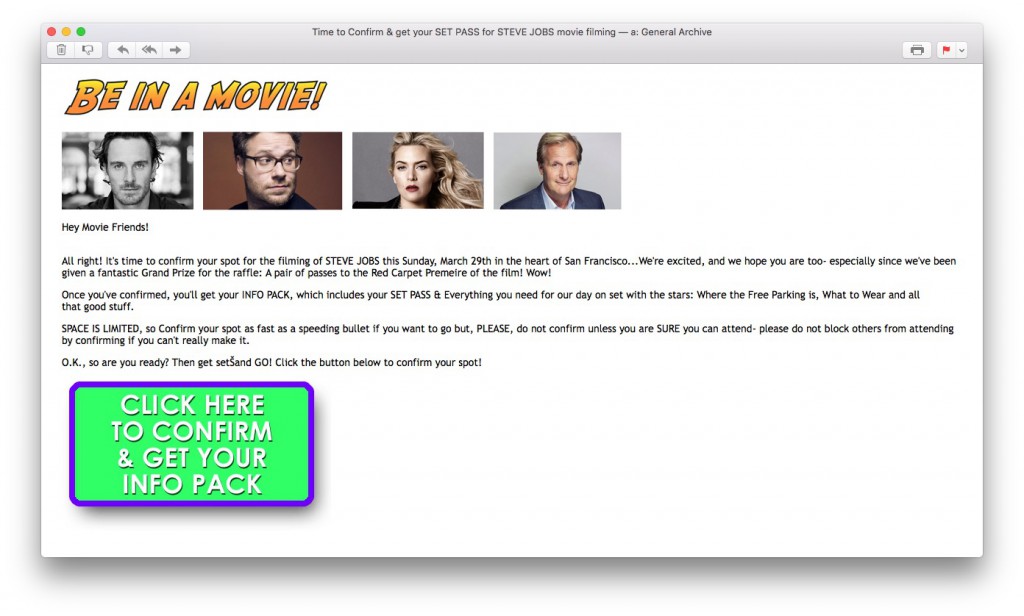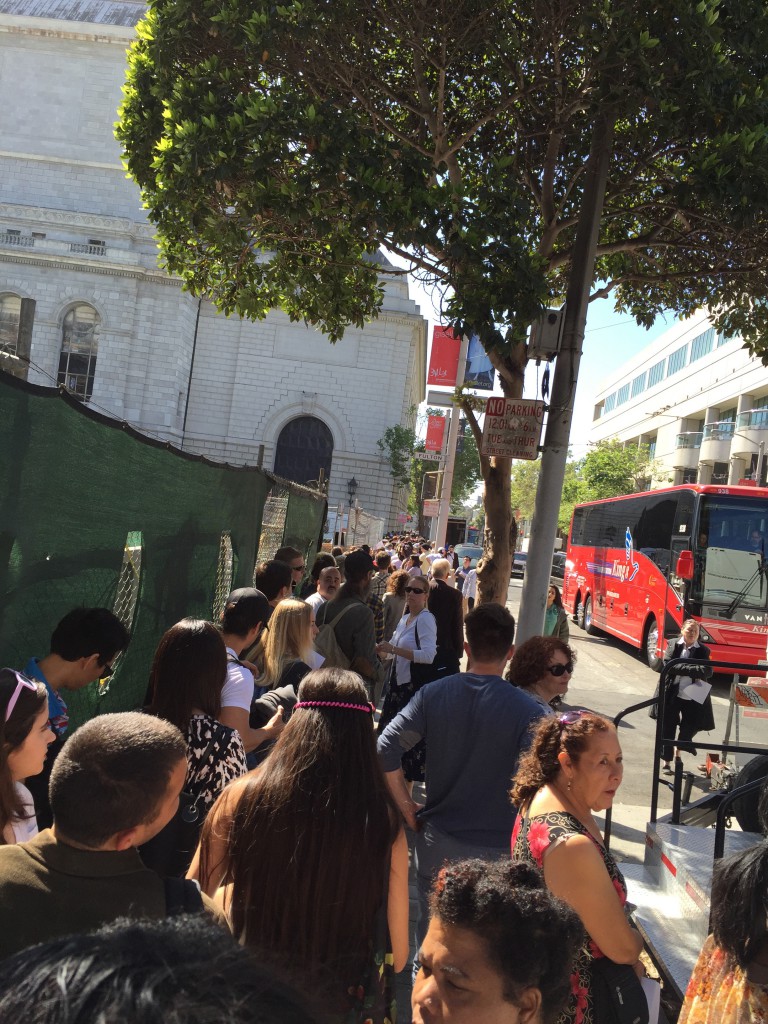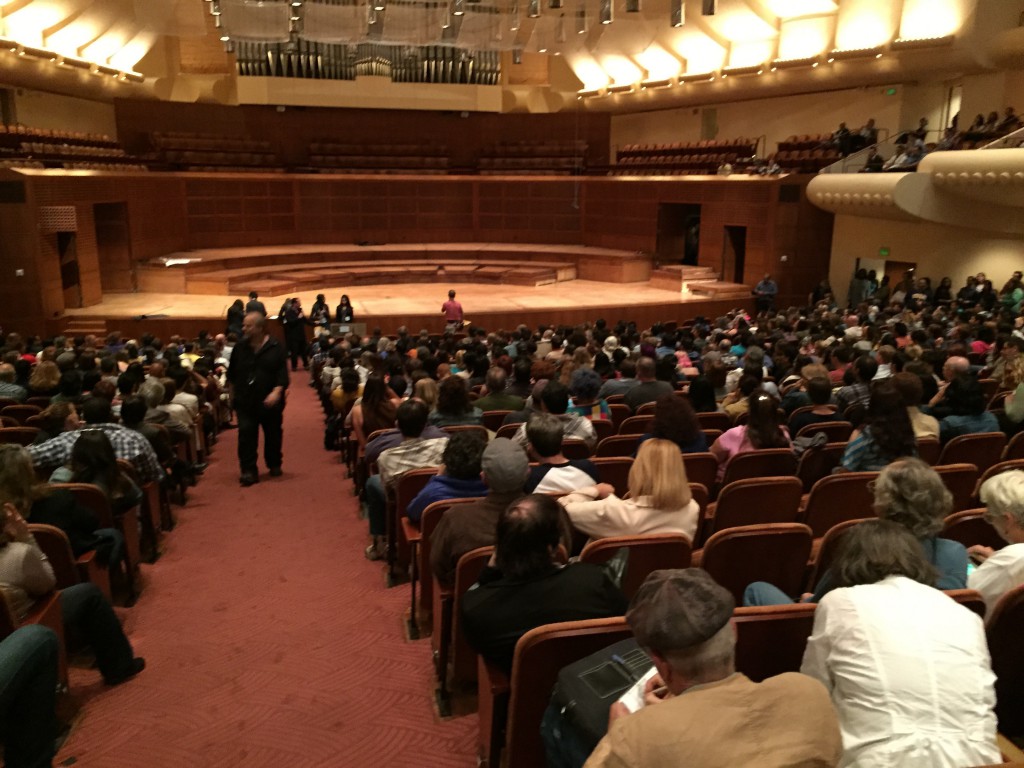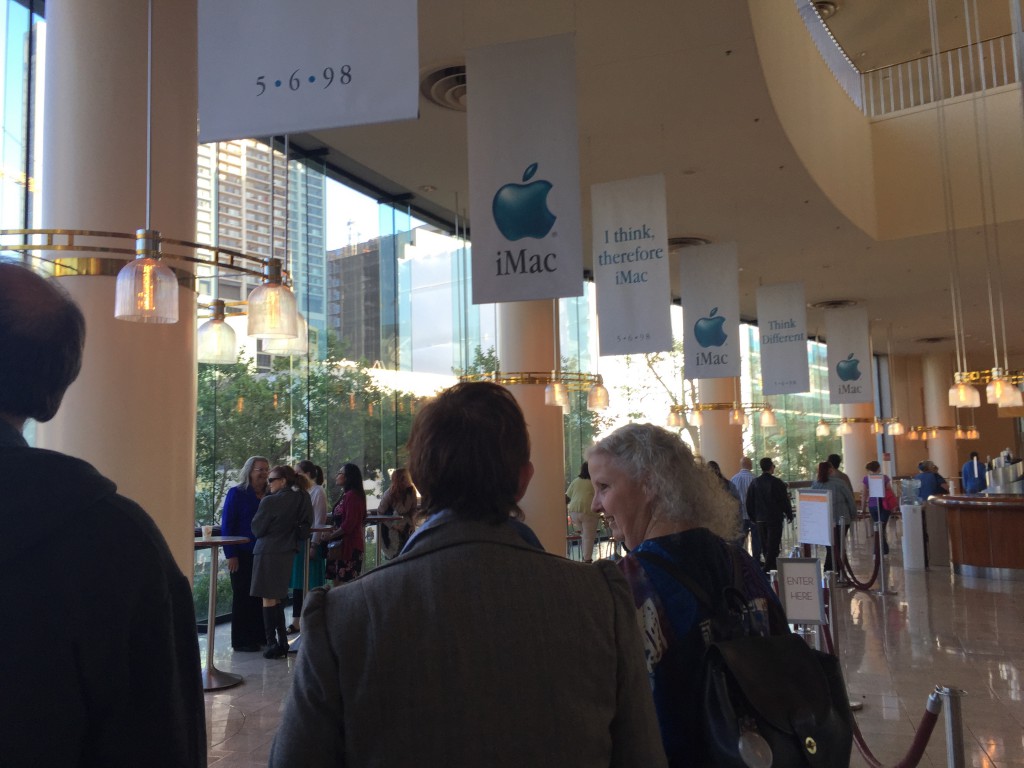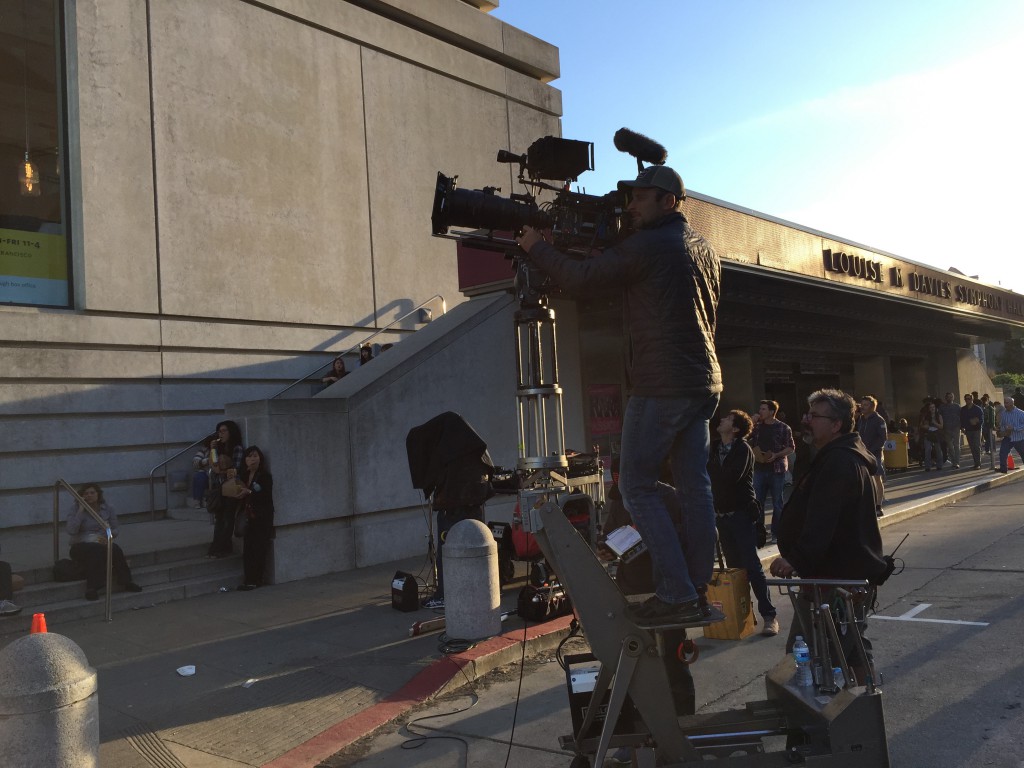This column started out as a eulogy — marking the anticipated end for a long-time friend. But, even as the grave was being readied, word came that my friend was showing signs of a remarkable recovery.
Who is this friend? How did things get so dire? And what’s behind the potential recovery? Read on…
The story begins decades ago, as unboxed my first SLR (single lens reflex) camera: an Olympus OM-1. It was a big step up from the point-and-shoot cameras I had been using. For the first time, whatever I saw in the camera’s viewfinder was the same thing the lens was seeing. Further, I could adjust f-stops, shutter speeds, white balance, and much more. And, perhaps most critically, I could swap lenses.
Not wasting any time, I purchased my first accessory lens the same day I bought the camera: a 28-150mm zoom lens. With it mounted, I could easily shift from a decent wide-angle shot to 3X telephoto. Yes, the lens was bulkier than the standard 50mm one that came with the camera, but it was worth the bulk. By far, the most useful aspect of the zoom lens was its telephoto range. Until then, the most common frustration I had when taking photos was an inability to get close enough to the subject. Instead of capturing that gorgeous bird I saw in a nearby tree, all I got was a photo of a tree, albeit one that contained a barely perceptible blob of color that I presumed was the bird. A telephoto zoom lens changed all that. It not only got me closer but allowed me to experiment for the exact optimal magnification, without having to keep changing my position. Fantastic!
Flash forward to today. The telephoto lens is on its deathbed, as are zoom lenses in general. Hold on. Before you jump in to contradict me, allow me to elaborate.
Yes, there are still SLR cameras (now digital) that offer the same options as my old Olympus. But, back in the “old days,” every budding amateur photographer bought an SLR. These days, they are primarily the domain of the most serious hobbyists and professionals. Far fewer people use them.
It’s also true that a zoom capability remains in today’s consumer-focused compact fixed-lens cameras. In fact, the capabilities here are incredible. My wife, for example, owns a Canon SX700. This pocket-sized camera has a 30X zoom lens — and yet the entire camera is smaller and lighter than the 3X zoom lens alone for my old Olympus! Even so, sales of these cameras are also in a steady decline.
So what are people using to take photos these days? Their smartphones of course. Recent studies have estimated that well over 90% of the photos taken today are taken with smartphones. The trouble is that smartphones, including the iPhone, have no telephoto or optical zoom options. You can buy an add-on lens to get a 2X zoom; but it’s not practical; the lenses are too much trouble for too little gain. Very few people go this route.
My wife and I fit the typical demographic. Most of the time, our Canon sits on a shelf. The only time it gets any use is when we anticipate that a telephoto capability will be critical. And sometimes not even then. That’s because our iPhone 6 and 6S take photos (and video) that equal or exceed the quality of the Canon — at least to our eyes. Further, the iPhone is far superior to the Canon for any sort of media sharing. And we always have our iPhones with us, even if we have no intent to use a camera. If we don’t expect to need a telephoto lens, there’s no reason to carry around an extra piece of equipment.
So, here I am, decades later, back to the same inability to get an unplanned shot of that bird up a tree. Ironic. Most of the time, I’m okay with this. It’s the sort of trade-off that often comes with technological advances. You lose something worthwhile from the “good old days” in order to get a myriad of desirable new features that were unimaginable years ago.
Overall, if telephoto/zoom lenses were animals, they would be on the endangered species list. It was thinking about this that led me to pen my intended eulogy. Except a funny thing happened. The telephoto/zoom lens may not be as near death as I anticipated. The latest rumors (which seem increasingly solid) suggest that Apple is preparing a dual-lens version of the iPhone 7 Plus (due out this fall) — a set-up that would include a true optical zoom. At last! Other rumors indicate that single-lens zoom technologies may be arriving in Apple’s more distant future.
For now, if the iPhone 7 Plus camera turns out to be as good as the rumors suggest, it will be a happy day for me. It will also assuredly hasten the demise of most, if not all, consumer stand-alone cameras. Perhaps there’s a eulogy to write after all.

